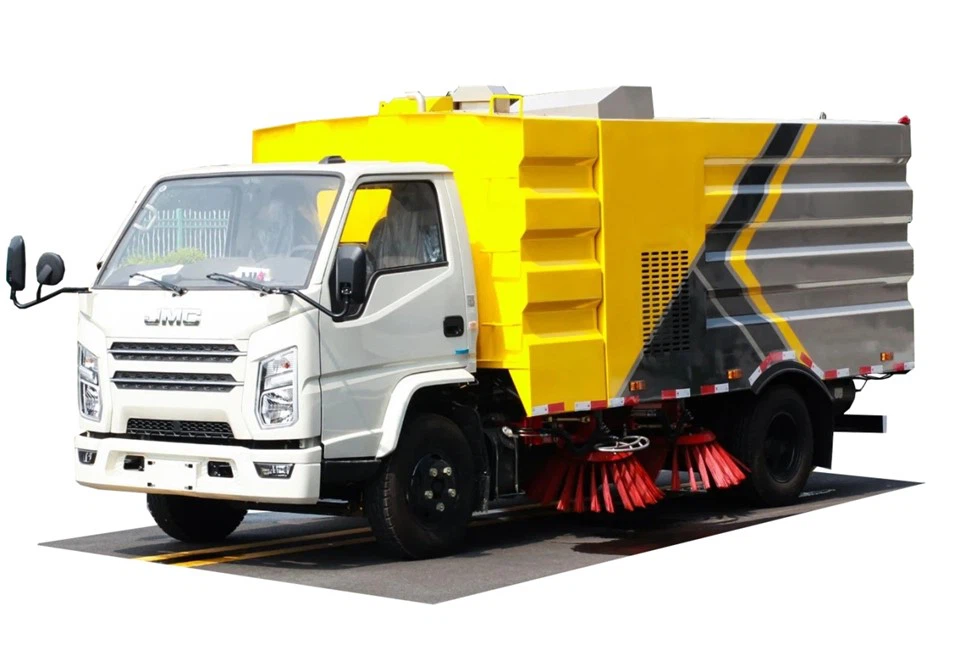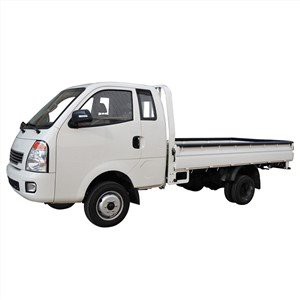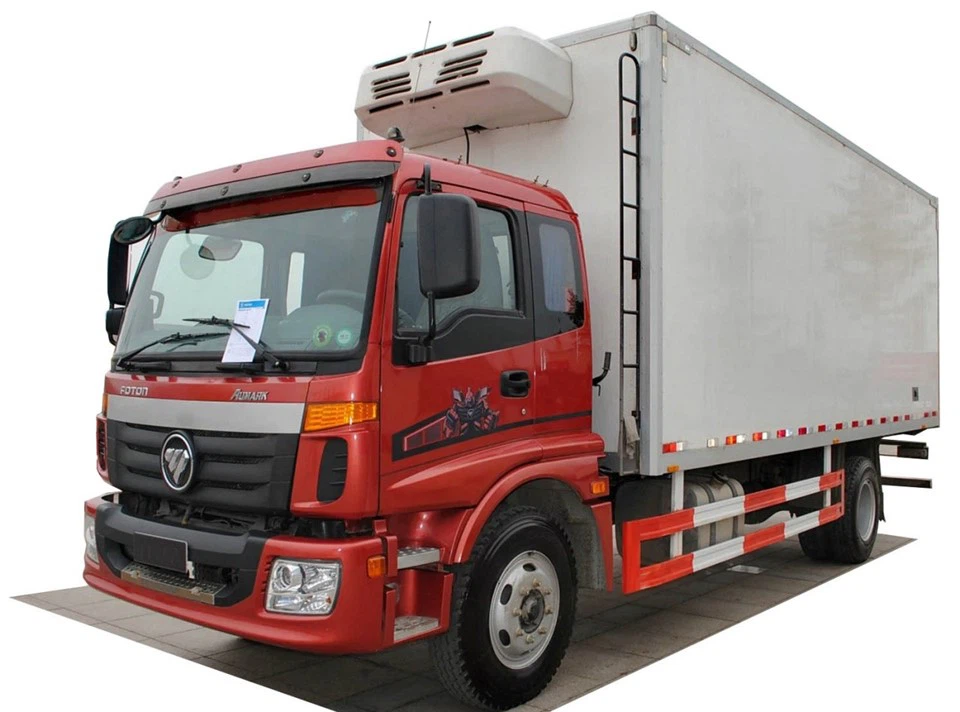Understanding Refuse Truck Dimensions: A Comprehensive Guide

When it comes to waste management, refuse trucks play a critical role, and their dimensions can significantly impact operations. Knowing the size and specifications of these vehicles is essential for municipalities, waste management companies, and contractors. This article explores various aspects of refuse truck dimensions, offering insights into types, sizes, and factors influencing these dimensions. We will also delve into practical examples, tips, and frequently asked questions.
1. Types of Refuse Trucks
Refuse trucks come in various types to cater to different waste collection needs. Understanding these types is crucial for comprehending their dimensions.
1.1 Standard Front Loaders
Front loaders are commonly used for commercial waste collection. They feature a front-mounted hydraulic lifting system that makes them efficient for emptying large bins.
1.2 Rear Loaders
Rear loaders have a more traditional design, with garbage being loaded from the back. They are widely used for residential waste collection.
1.3 Side Loaders
Side loaders operate by picking up waste from the side. Some models can be automated, making them efficient and reducing the need for manual labor.
1.4 Compactor Trucks
Compactor trucks compress waste inside the vehicle, allowing for more efficient transportation. Their dimensions will vary based on the compaction mechanism used.
2. Key Dimensions of Refuse Trucks
Understanding key dimensions helps determine the suitability of a refuse truck for specific tasks. Here are the primary measurements to consider:
2.1 Length
The length of a refuse truck generally varies between 20 to 30 feet (6 to 9 meters). However, it can exceed this range for specialized models.
2.2 Width
Most refuse trucks are about 8 feet (2.4 meters) wide. This width is essential for maneuvering in residential areas while maintaining structural integrity.
2.3 Height
Refuse trucks usually stand around 10 to 12 feet (3 to 3.7 meters) tall. The height can vary based on the type of compactor and container used.
2.4 Weight
The weight of refuse trucks varies between 26,000 to 40,000 pounds (11,800 to 18,100 kg), depending on the truck type and configurations.
3. Importance of Refuse Truck Dimensions
The dimensions of refuse trucks are crucial for several reasons:
3.1 Maneuverability
A truck’s dimensions directly influence its ability to navigate urban environments. Smaller trucks can access tight spaces, while larger models may require wider roads.
3.2 Load Capacity
Understanding dimensions helps in determining load capacity. A more prominent refuse truck can carry larger volumes of waste, reducing the frequency of trips.
3.3 Compliance with Regulations
Municipalities often have regulations concerning vehicle sizes. Ensuring your refuse truck complies with these regulations is essential for lawful operations.
3.3.1 Weight Restrictions
Refuse trucks must adhere to weight limits set by local authorities, which can influence load capacities and efficiency.

3.3.2 Size Regulations
Different states and cities may have varying size regulations for refuse trucks. Understanding these requirements can help prevent fines and operational setbacks.
4. Choosing the Right Refuse Truck Size
When selecting a refuse truck, various factors come into play to ensure you choose the correct size.
4.1 Type of Waste
Different types of waste require different truck sizes. Bulky items may necessitate larger trucks, while regular household waste can be managed with smaller vehicles.
4.2 Collection Frequency
High-frequency collection areas may benefit from larger trucks to maximize efficiency, while less frequent routes might require smaller, more maneuverable trucks.
4.3 Urban vs. Rural Settings
Urban settings often have tighter spaces, making smaller trucks preferable, whereas rural areas might permit larger vehicles due to less congestion.
5. Refuse Truck Dimensions: Practical Examples
Let’s look at some specific models for practical understanding:
5.1 Model A: Standard Rear Loader
| Dimension | Measurement |
|---|---|
| Length | 25 feet (7.6 meters) |
| Width | 8 feet (2.4 meters) |
| Height | 11 feet (3.4 meters) |
| Weight | 30,000 pounds (13,600 kg) |
This model is ideal for residential waste collection with standard-sized bins.
5.2 Model B: Compactor Truck
| Dimension | Measurement |
|---|---|
| Length | 28 feet (8.5 meters) |
| Width | 8.5 feet (2.6 meters) |
| Height | 12 feet (3.7 meters) |
| Weight | 34,000 pounds (15,400 kg) |
This type of truck is suitable for commercial waste collection with higher compaction requirements.
6. Future Trends in Refuse Truck Dimensions
As urban landscapes evolve, so do refuse truck dimensions. Emerging trends include:
6.1 Eco-friendly Models
With an increasing focus on sustainability, manufacturers are producing eco-friendly refuse trucks with optimized dimensions for reduced emissions.
6.2 Technological Advancements
Innovations such as automated refuse collection systems may lead to changes in truck dimensions to accommodate advanced machinery.
6.3 Compact Designs
To meet the needs of densely populated cities, more manufacturers are focusing on developing compact refuse trucks that maintain functionality while reducing size.
7. Maintenance Considerations for Refuse Trucks
Understanding the dimensions of refuse trucks is also vital for maintenance practices.
7.1 Space Requirements
Maintenance facilities must accommodate the dimensions of the trucks. Ensuring sufficient access and workspace is critical for effective maintenance.
7.2 Inspection Procedures

Regular inspections should consider dimensions, especially for components like hydraulics and lifting mechanisms which may require specific clearance or access to service.
7.3 Storage and Parking
The size of refuse trucks affects parking arrangements and storage solutions, especially in urban environments with limited space.
8. Frequently Asked Questions
8.1 What are the standard dimensions of a refuse truck?
Standard refuse trucks typically measure between 20 to 30 feet in length, 8 feet in width, and 10 to 12 feet in height.

8.2 How does truck size affect waste collection efficiency?
Larger trucks can carry more waste and reduce the number of trips needed, whereas smaller trucks are often more maneuverable in crowded areas.
8.3 Are refuse trucks allowed on all roads?
Refuse trucks must comply with local regulations, including weight limits and size restrictions, which can vary by location. Always check local laws.
8.4 How do compacting refuse trucks differ in dimensions?
Compacting refuse trucks are usually larger in length and height to accommodate the compaction mechanism, resulting in a heavier vehicle.
8.5 What are the benefits of using a side loader refuse truck?
Side loaders improve efficiency by allowing operations to continue without the driver needing to exit the cabin, especially for automated systems.
8.6 How can I choose the right refuse truck for my business?
Consider factors such as type of waste, collection frequency, and the environment (urban vs. rural) to select the most suitable size and type of refuse truck.
